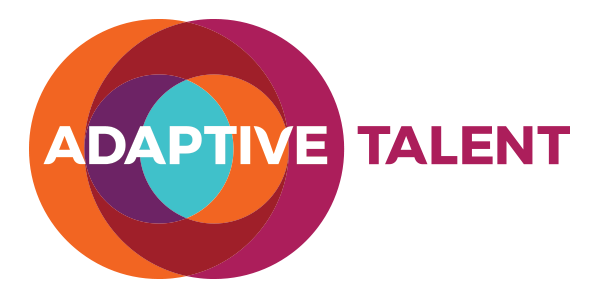A properly designed onboarding experience done can save money, achieve productivity faster, reduce turnover, and enhance your employer brand. Let me illustrate with a real life story.
Someone very close to me recently started working at a mid-tier restaurant chain (we’ll call this Restaurant A). They’ve got six or so restaurants but seem without an HR plan. They’re in a state of constant firefighting, are scrambling to fix their food waste problem, don’t allow any breaks, and offer their employees no training, including new hire orientation. My favourite story involved the Head Chef hovering over my friend and announcing that he was monitoring his speed. He wasn’t coaching him, but simply “measuring speed”. He told him later to “speed it up” but didn’t give any targets!
- New hire orientation process started *before* employees’ first day. My friend got a giant manual with the history of the chain, in depth articles on the culture and customer experience goals, and key things he needed to learn for their food list. There was even a detailed questionnaire to complete to ensure employees read the material.
- The actual first day session was led by the General Manager and key Chefs and began with something simple: food tasting! Simple idea but powerful because they talk about the concept, the preparation, and help the employees understand how to sell the items.
- Culture: During the first day the GM talked about the culture and the desired customer experience so people made the emotional connection and adapted their behaviour to match. A truly effective culture is something people can feel and they take seriously.
- Structured Learning: My friend is now scheduled for three consecutive days of training where he is shadowed by the Sous Chef who will give him tips on preparation, food waste, and portion size, and will approve all trainee meal preparations.
- What can the employees learn or experience before they start?
- What things does everyone need to know about working there?
- What things are specific to a location, group, function, or job level?
- What happens on day one, later in the week, later in the month, and so on. Remember that people only retain what they need to know or will use within a very short period of time, so spread out the onboarding. If you have people starting all the time, get videos loaded on your internal site so people can do it on their own.
- Keep it high quality and high visibility: New hires want to do things right and are very keen to absorb information and cultural norms. Have your best people participate in these sessions and make it a point for key leaders to participate.
- Assign a buddy so the person has someone who can help teach. Ideally this is someone from the same job role or function and, most importantly, someone with a great attitude who “gets” the culture and can take your values and mentor the employee on the ways to show the behaviour through expected situations. In my friend’s case, for example, because the restaurant wants a fantastic customer experience it has certain meaning for the kitchen staff. There are acceptable ways to prepare the food, and then there are the ideal ways. There are hundreds of moments of truth for each job function that allow your culture to be cemented by having people understand how to demonstrate those behaviors. The key is to keep it focused on observable behaviors (ie, what people do in the job…not a characteristic)!

